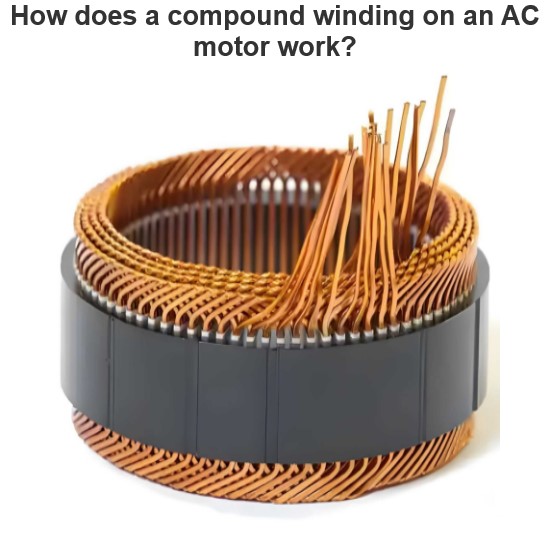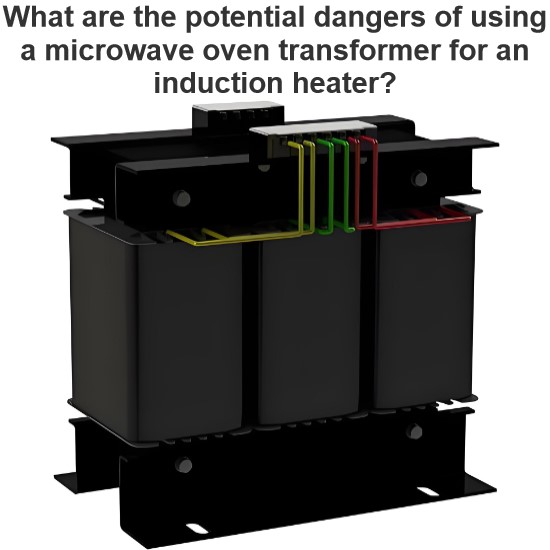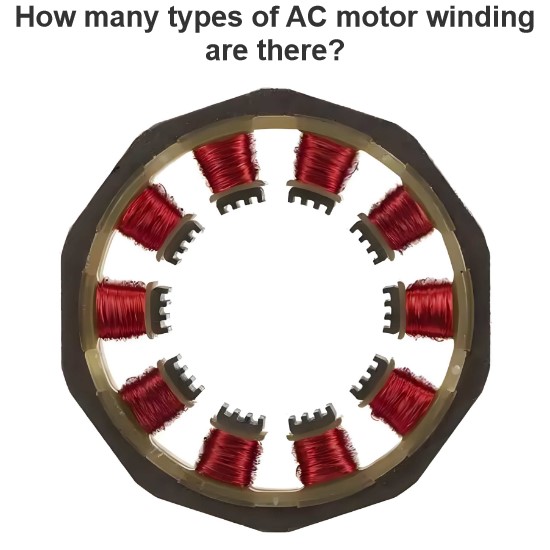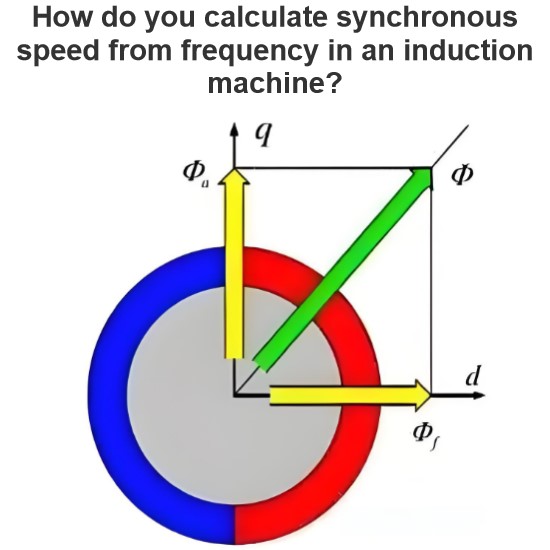What is the role of a transformer in a voltage doubler circuit?
Role of Transformers in Voltage Multiplier Circuits
Transformers play a crucial role in voltage multiplier circuits, but they alone cannot achieve voltage multiplication. Voltage multiplier circuits typically combine transformers with rectifying elements (such as diodes and capacitors) to achieve voltage doubling or tripling. Here is an explanation of the role of transformers in voltage multiplier circuits and how using two transformers can increase the output voltage.
1. Basic Role of Transformers
Voltage Step-Up/Step-Down: Transformers can increase or decrease the input voltage. By selecting an appropriate turns ratio (the ratio of primary to secondary winding turns), the desired voltage transformation can be achieved.
Isolation: Transformers also provide electrical isolation, preventing direct electrical connection between the input and output circuits, thus enhancing safety and reliability.
2. Basic Principle of Voltage Multiplier Circuits
Voltage multiplier circuits use multiple stages of rectification and filtering to achieve voltage multiplication. Common types of voltage multiplier circuits include:
Half-Wave Voltage Doubler:
Uses one diode and one capacitor to double the voltage during each half cycle.
The output voltage is approximately twice the peak input voltage.
Full-Wave Voltage Doubler:
Uses multiple diodes and capacitors to double the voltage during each complete cycle.
The output voltage is approximately twice the peak input voltage.
3. Using Two Transformers to Increase Output Voltage
While a single transformer can step up the voltage, to achieve even higher output voltages, the following methods can be considered:
Method One: Series Connection of Transformers
Principle: Connecting the secondary windings of two transformers in series can double the output voltage.
Connection Method:
Connect the positive terminal of the first transformer's secondary winding to the negative terminal of the second transformer's secondary winding.
The output voltage is the sum of the voltages from the secondary windings of both transformers.
Method Two: Cascaded Voltage Multiplier Circuits
Principle: Adding multiple stages of voltage multiplier circuits to the output of a transformer can further increase the output voltage.
Connection Method:
Use a transformer and a voltage multiplier circuit in the first stage to double the voltage.
Use another transformer and a voltage multiplier circuit in the second stage to double the voltage again.
Example
Assume an input AC voltage of 120V RMS, and we want to increase the output voltage using two transformers and voltage multiplier circuits:
First Stage:
Use a transformer to step up the input voltage from 120V to 240V.
Use a full-wave voltage doubler to double the 240V peak voltage (approximately 339V) to 678V.
Second Stage:
Use another transformer to step up the 678V to 1356V.
Use another full-wave voltage doubler to double the 1356V peak voltage (approximately 1916V) to 3832V.
Summary
Role of Transformers: Transformers in voltage multiplier circuits are primarily used for voltage step-up or step-down and to provide electrical isolation.
Increasing Output Voltage: Higher output voltages can be achieved by connecting transformers in series or by cascading voltage multiplier circuits.
Using two transformers and voltage multiplier circuits can significantly increase the output voltage, but it also increases the complexity and cost of the circuit. Additionally, it is essential to ensure that all components can withstand high voltages to ensure the safety and reliability of the circuit.
The Electricity Encyclopedia is dedicated to accelerating the dissemination and application of electricity knowledge and adding impetus to the development and innovation of the electricity industry.




